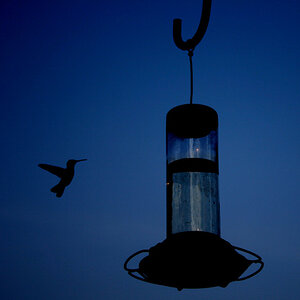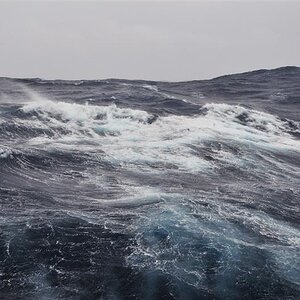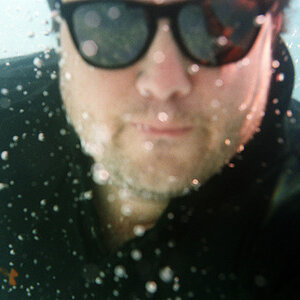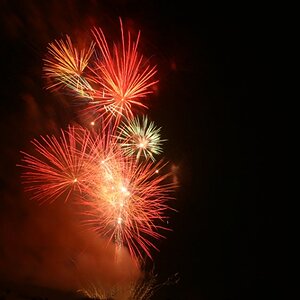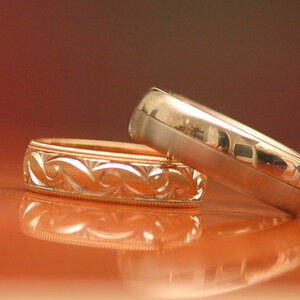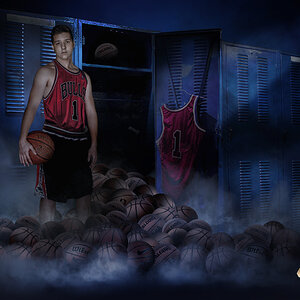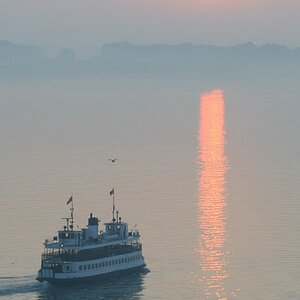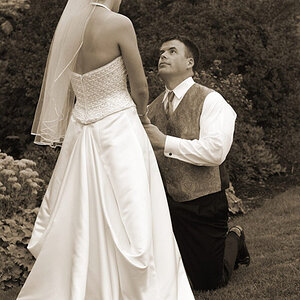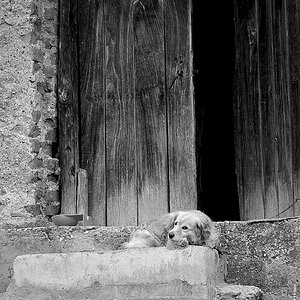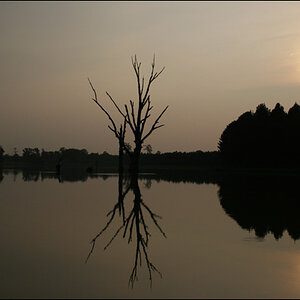Joves
No longer a newbie, moving up!
- Joined
- Dec 14, 2007
- Messages
- 2,400
- Reaction score
- 22
- Location
- Flagstaff/Az
- Website
- joves.smugmug.com
- Can others edit my Photos
- Photos NOT OK to edit
Can some movie nut please try to explain what is meant by "Amazing Technical Value"? Thread seems to beg a listing of people's favorite movies which may or may not be "Technically Amazing".
Well how about movies that are like moving photos or have photo moments in them? I think that would be more on the technical side. In that case the opening credits of To Kill a Mockingbird is a moving photo. Then there are films where they freeze on the main subject for a short time or, do so on an object with nice empty space while the character leaves the scene.
Last edited:


